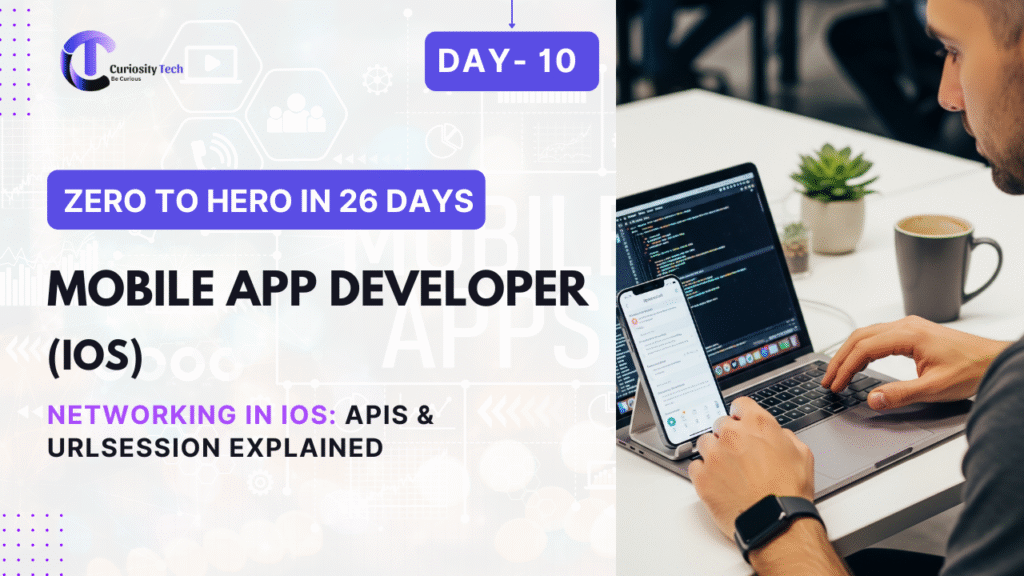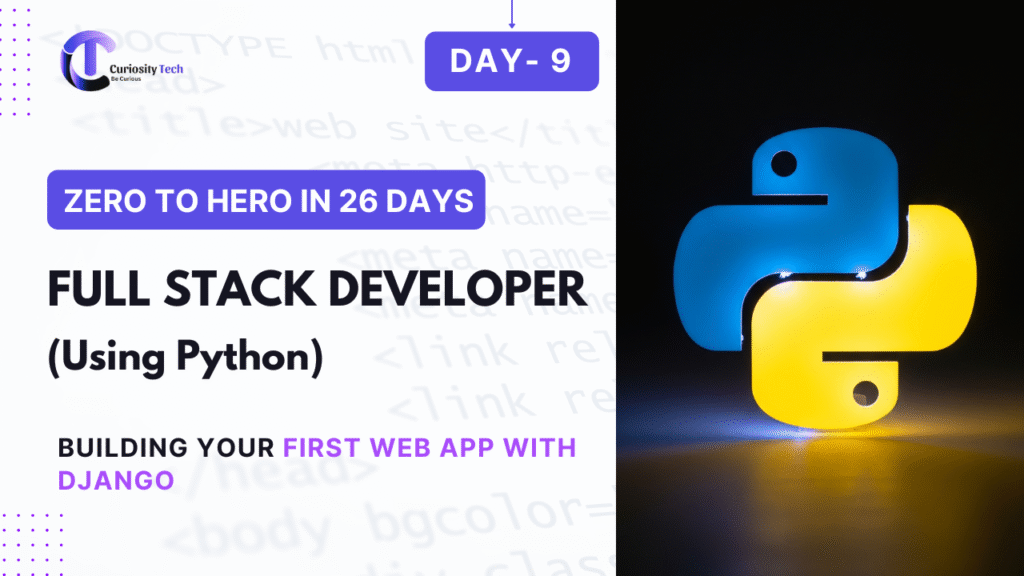In today’s digital era, the boundary between websites and mobile applications is fading. Users expect fast, reliable, and app-like experiences from the web. This is where Progressive Web Apps (PWAs) come in. They blend the reach of the web with the functionality of native apps, giving developers a powerful tool to engage users seamlessly. At CuriosityTech.in, we’ve witnessed businesses transform their digital presence by leveraging PWAs to enhance UX and increase conversions.
1. What is a Progressive Web App (PWA)?
A Progressive Web App (PWA) is a type of application software delivered through the web, built using common web technologies like HTML, CSS, and JavaScript, but behaves like a native app. Users can install it on their devices, access it offline, and receive push notifications without visiting an app store.
Key Features of PWAs:
| Feature | Description |
| Responsive | Works on desktops, tablets, and mobiles seamlessly. |
| Offline Access | Service workers allow content to be available offline. |
| App-like Interface | Feels like a native app with smooth animations and transitions. |
| Push Notifications | Engage users with timely updates and alerts. |
| Installable | Can be added to home screens without app store downloads. |
2. Why PWAs Are the Future of Frontend Development
Traditional web apps often face challenges like slow load times, poor offline capabilities, and low engagement. PWAs solve these issues by:
- Boosting Performance: PWAs load quickly, even in low-network conditions, thanks to caching via service workers.
- Increasing Engagement: Push notifications bring users back without being intrusive.
- Reducing Costs: A single PWA can replace both website and native app development.
- Enhancing SEO: PWAs are indexable by search engines, improving discoverability.
At CuriosityTech.in, we’ve helped multiple startups migrate their web solutions into PWAs, resulting in 50% higher user retention and 30% faster load times.
3. Core Components of a PWA
A PWA is more than just responsive design. Its architecture typically includes:
Hierarchical Diagram of PWA Structure
PWA
├─ Manifest File (app name, icons, theme)
├─ Service Worker (offline support, caching, background sync)
├─ HTTPS (secure connection)
├─ App Shell (UI core for fast loading)
└─ Web App (content & functionality)
- Manifest File: Tells the device how the app should appear and behave.
- Service Worker: JavaScript that runs in the background to handle offline caching and push notifications.
- HTTPS: Security is mandatory for service workers to function.
- App Shell: Ensures instant loading and smooth user experience.
4. How PWAs Transform User Experience
PWAs bridge the gap between web and mobile. Here’s what users love:
Infographic Concept:
- Top Half: “Traditional Web App vs PWA”
- Bottom Half: “Benefits for Users”
- Faster loading ✅
- Offline access ✅
- Home screen install ✅
- Push notifications ✅
- Faster loading ✅
These improvements lead to higher engagement rates, increased session durations, and better conversion metrics.
5. Steps to Build a PWA
- Start with a Responsive Web App: Ensure your website works on all devices.
- Add a Web App Manifest: Define the app’s name, icons, and theme colors.
- Implement Service Workers: Enable offline support, caching, and background sync.
- Ensure HTTPS: Security is mandatory for all PWAs.
- Test Installation: Ensure the app can be installed on home screens of different devices.
- Optimize Performance: Compress images, lazy-load content, and minify scripts.
CuriosityTech.in follows a meticulous development process for PWAs, combining design finesse with robust frontend engineering to deliver apps that users love to interact with.
6. Real-World Examples of PWAs
| Company | Benefit from PWA |
| Twitter Lite | Faster, data-friendly mobile experience, 65% more pages per session. |
| Starbucks | Offline ordering and menu browsing, 2x higher engagement. |
| 40% increase in time spent on site due to app-like experience. |
7. Best Practices for PWAs
- Keep UI Simple: Users love clean and intuitive interfaces.
- Optimize Load Speed: Use caching and compress assets.
- Enable Push Notifications Wisely: Avoid spamming; send value-driven notifications.
- Monitor Analytics: Track engagement and offline usage.
- Progressive Enhancement: Ensure core content is accessible even if PWA features aren’t supported.
Conclusion
PWAs represent the next evolution of frontend development, merging the flexibility of the web with the functionality of apps. For businesses aiming to boost engagement, reduce development costs, and deliver exceptional user experiences, PWAs are a game-changer. At CuriosityTech.in, we specialize in designing and developing high-performance PWAs that transform digital presence into measurable business outcomes.
Whether you’re a startup or an established brand, embracing PWAs today ensures your users get fast, reliable, and engaging experiences tomorrow.
Meta Description
Discover how Progressive Web Apps (PWAs) turn websites into app-like experiences. Learn features, architecture, best practices, and benefits from CuriosityTech.in.
Tags
PWA, Progressive Web App, Frontend Development, UX Design, Mobile App, Service Worker, Web App Manifest, CuriosityTech
Keywords
Progressive Web Apps, PWA Development, Frontend Developer, Web to App Conversion, Offline Web App, CuriosityTech.in, Push Notifications, App-Like Web Experience


